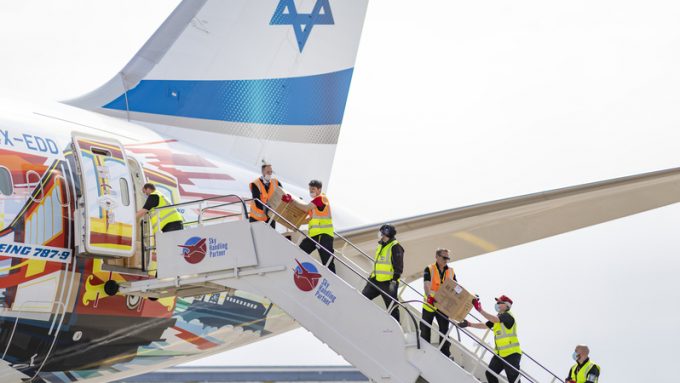News in Brief Podcast | Week 11 | Ocean rates down, uncertainty up
In this episode of The Loadstar’s News in Brief Podcast, host and news reporter Charlotte Goldstone ...

Air freight rates are finally stabilising, after weeks of rising at unprecedented levels.
Charter brokers and air freight rate indices are seeing increases slow – or even reverse – as more capacity comes into the market.
Freight Investor Services (FIS), using data from the TAC Index, revealed a 47-cent decline in Shanghai to Europe prices, Hong Kong to Europe has fallen by 18 cents, while China to Europe, overall, has fallen 32 cents.
China to the US remains strong, said FIS, with Shanghai ...
Volcanic disruption at Anchorage could hit transpacific airfreight operations
Macron calls for ‘suspension’ – CMA CGM's $20bn US investment in doubt
Forwarders stay cool as US 'liberation day' tariffs threaten 'global trade war'
Shippers snap up airfreight capacity to US ahead of tariff deadline
De minimis exemption on shipments from China to the US will end in May
Tighter EU import requirements proving 'a challenge' for forwarders
Looming Trump tariffs will create 'a bureaucratic monster' for Customs

Comment on this article
Rob
May 12, 2020 at 2:57 pmReally good news if it can continue. A lot of importers into EU/UK are paying through the nose for air freight, rates are still far too high and have a long way to go.